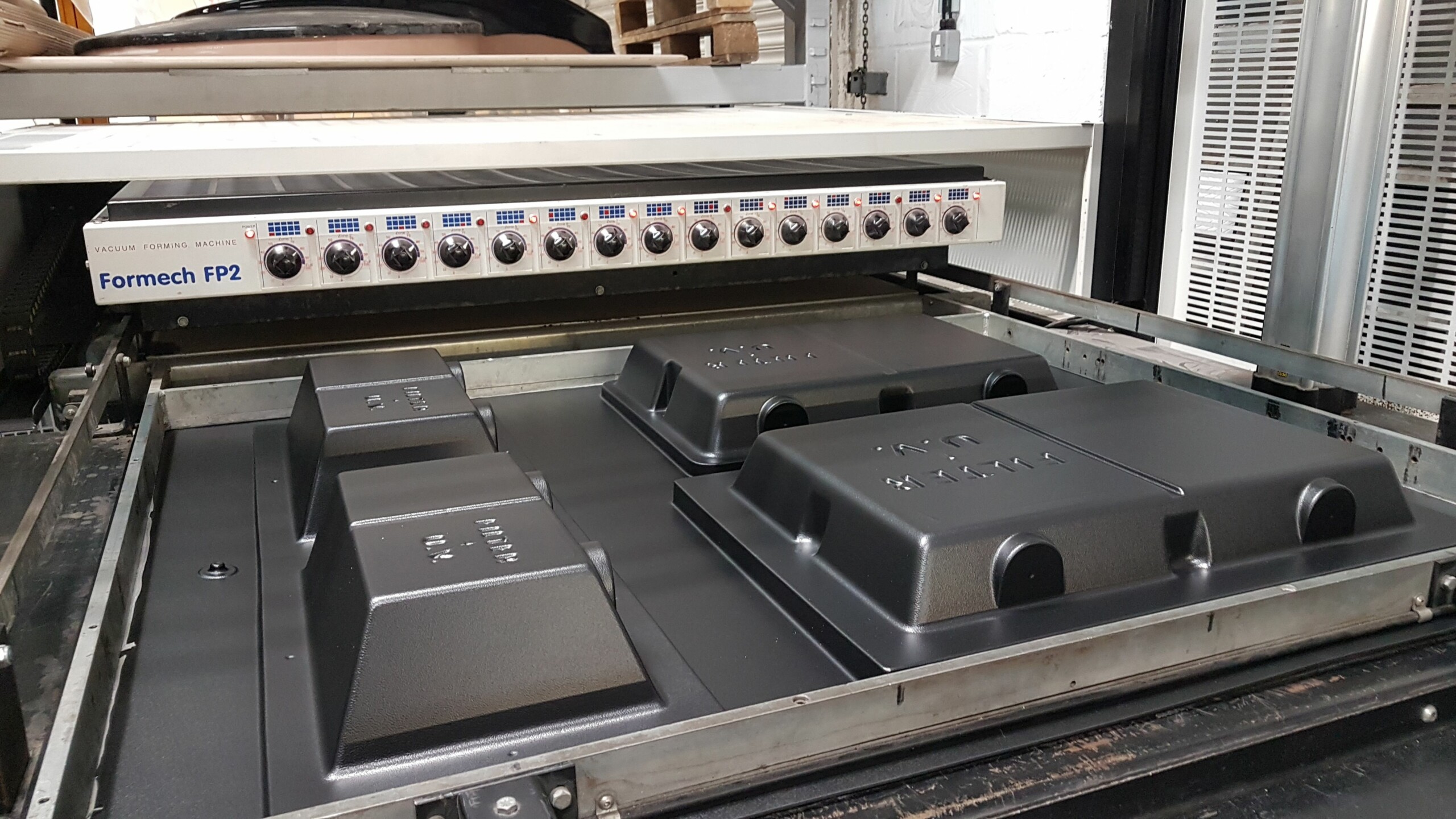Vacuum Forming Explained

Vacuum forming is a popular thermoplastic molding method that involves heating a polymer sheet until it becomes pliable, then using vacuum pressure to shape it over a pre-formed mold.
How Vacuum Forming Works
The process begins with a thermoplastic material being softened until it reaches the optimal forming temperature. Once the material is ready, it is draped over a pattern, and a vacuum is applied to pull the material tightly over the mold, ensuring the required shape.
Once molded, the formed part is set aside to cool before trimming the excess plastic. The final product is then refined to remove unwanted material and finished for assembly.
Where Vacuum Forming is Used
Vacuum forming finds its uses in industries such as aerospace for creating lightweight plastic parts. Some frequent products made using vacuum forming include:
- Vehicle interior panels
- Plastic packaging
- Healthcare packaging
- Retail displays
Advantages of Vacuum Forming
One of the biggest benefits of vacuum forming is its cost-effectiveness. Other key benefits include:
- Rapid production
- Economical setup
- Versatile applications
- Durability
Summary
Vacuum forming is a reliable process that facilitates the creation of custom plastic products at a budget-friendly rate.
Vacuum Forming